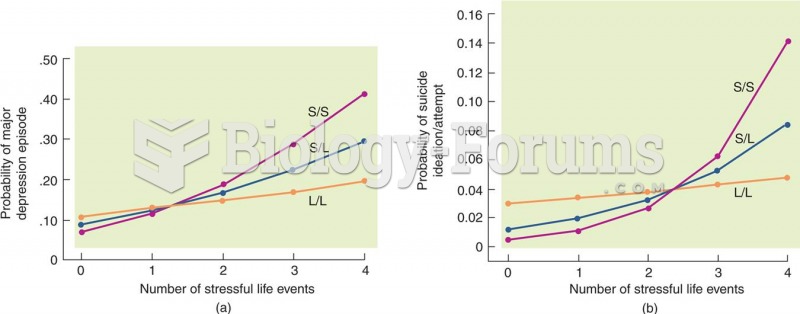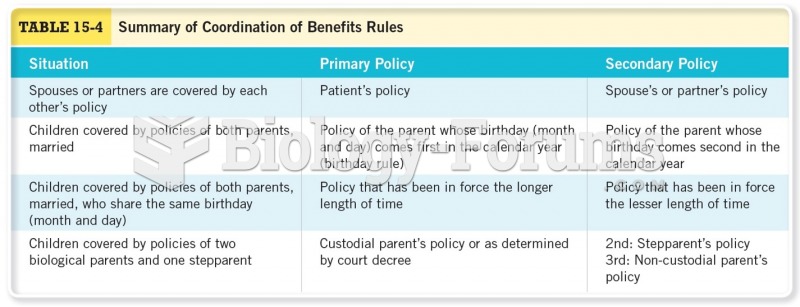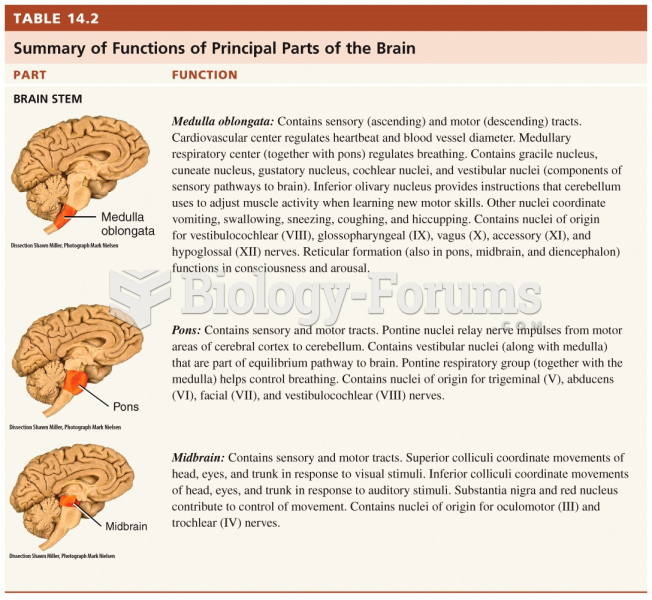Answer to Question 1
b
Answer to Question 2
Lowballing is a two-step compliance technique in which the influencer secures
agreement with a request but then increases the size of that request by revealing
hidden costs. Disturbing as it may be, lowballing is an interesting technique. Surely,
once the lowball offer has been thrown, many recipients suspect that they were misled.
Yet they go along. Why? The reason appears to hinge on the psychology of
commitment (Keesler, 1971). Once people make a particular decision, they justify it
to themselves by thinking of all its positive aspects. As they get increasingly committed
to a course of action, they grow more resistant to changing their mind, even if the initial
reasons for the action have been changed or withdrawn entirely. In the car dealership
scenario, you might very well have decided to purchase the car because of the price.
But then you would have thought about its sleek appearance, the scent of the leather
interior, the iPod dock, and the brand-new satellite radio. By the time you learned that
the price would be more than you'd bargained for, it would be too lateyou would
already have been hooked. The door-in-the-face technique is a two-step compliance
technique in which an influencer prefaces the real request with one that is so large that
it is rejected. Why is the door-in-the-face technique such an effective trap? One
possibility involves the principle of perceptual contrast: To the person exposed to a
very large initial request, the second request seems smaller.. Two dollars' worth of
candy bars is not bad compared with ten dollars for circus tickets. Likewise, taking a
group of kids to the zoo seems trivial compared with two years of volunteer work. As
intuitively sensible as this explanation seems, Coalmine and others (1975) concluded
that perceptual contrast is only partly responsible for the effect. When participants only
heard the large request without actually having to reject it, their rate of compliance with
the second request (25) was only slightly larger than the 17 rate of compliance
exhibited by those who heard only the small request. A more compelling explanation for
the effect involves the notion of reciprocal concessions. A close cousin of the
reciprocity norm, this refers to the pressure to respond to changes in a bargaining
position. When an individual backs down from a large request to a smaller one, we
view that move as a concession that we should match by our own compliance. Thus,
the door-in-the-face technique does not work if the second request is made by a
different person (Coalmine et al., 1975). Nor does it work if the first request is so
extreme that it comes across as an insincere first offer (Schwarzwald et al., 1979).
On an emotional level, refusing to help on one request may also trigger feelings of guilt,
which we can reduce by complying with the second, smaller request (O'Keefe &
Figgie, 1997 Miller, 2002)







